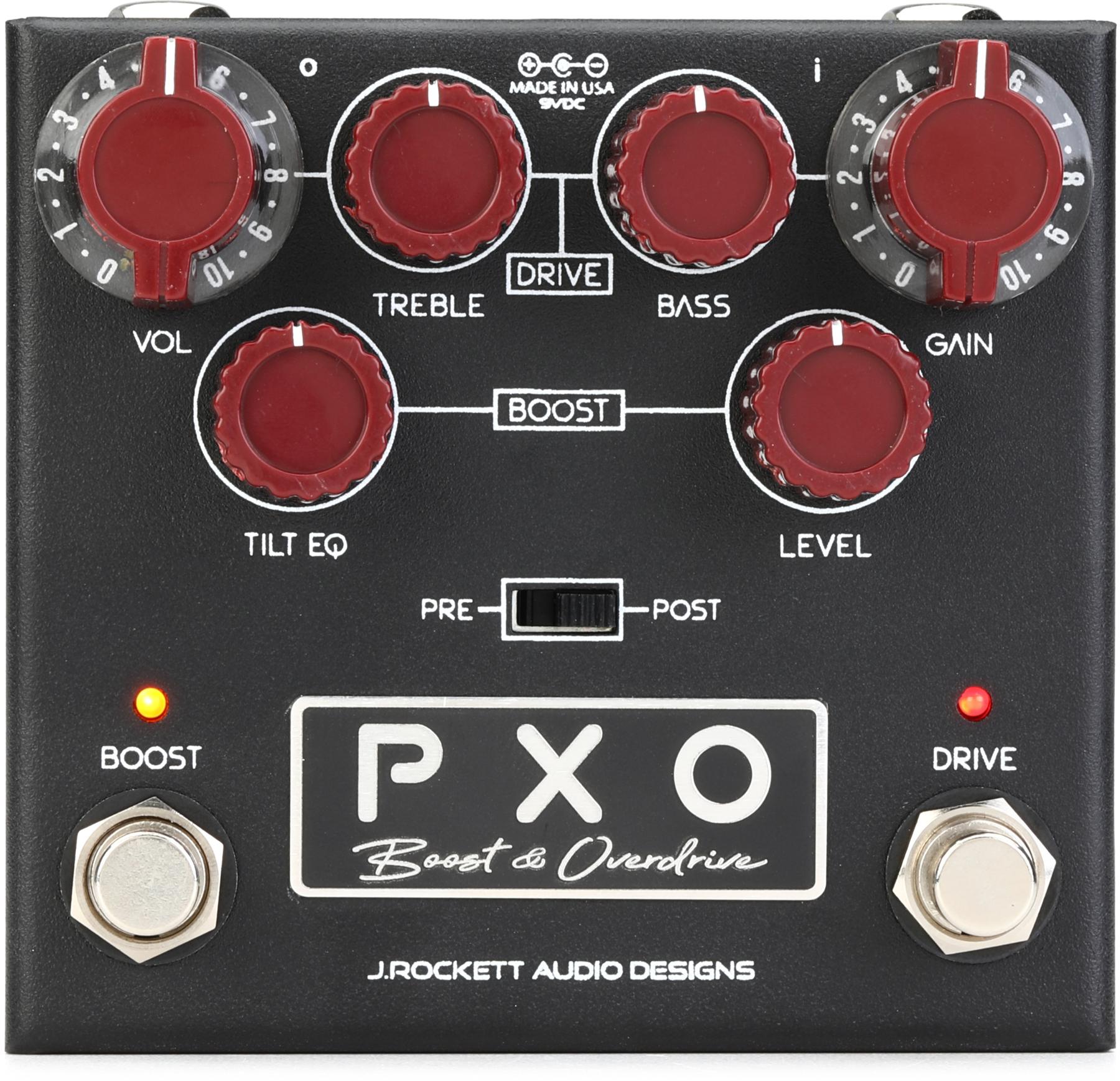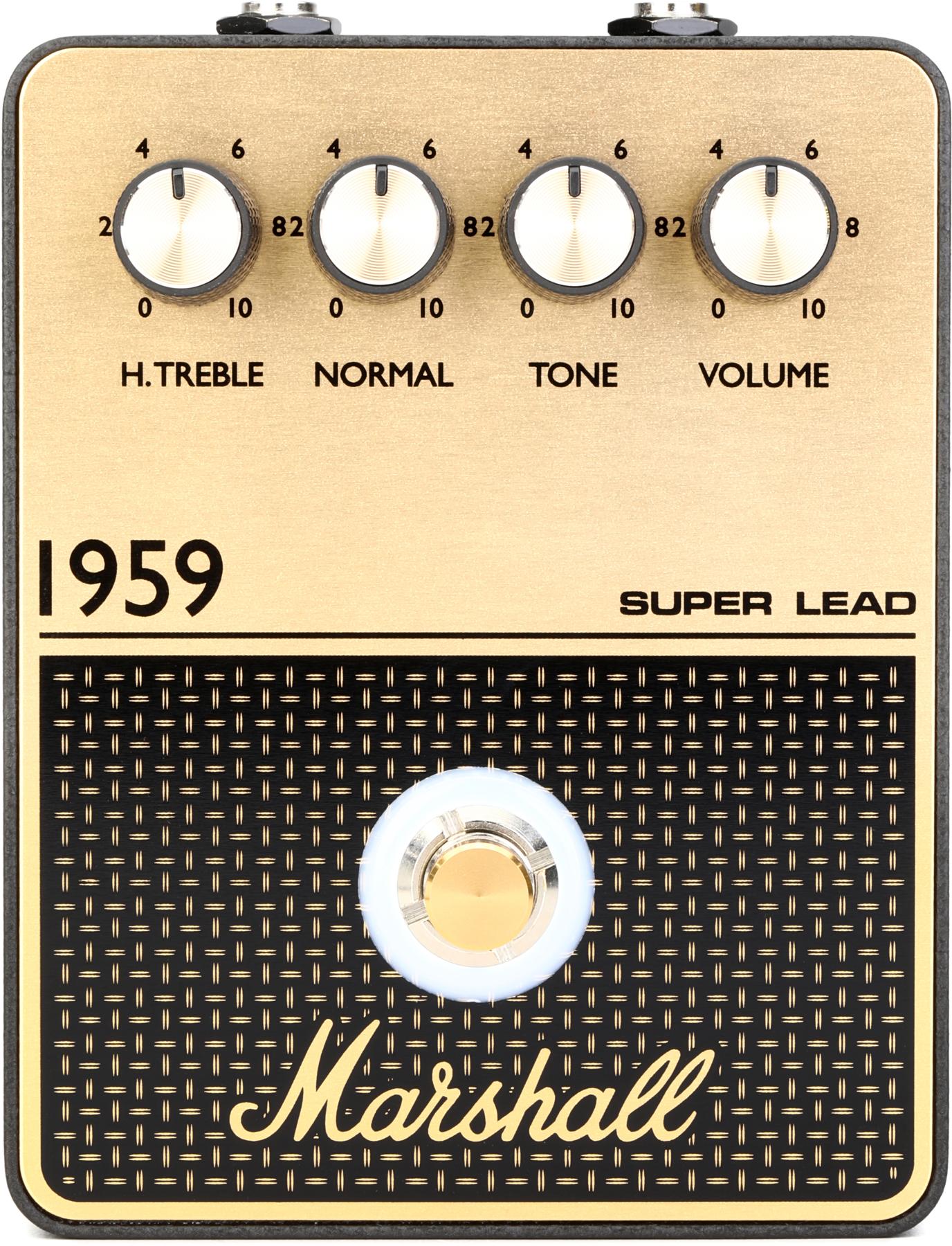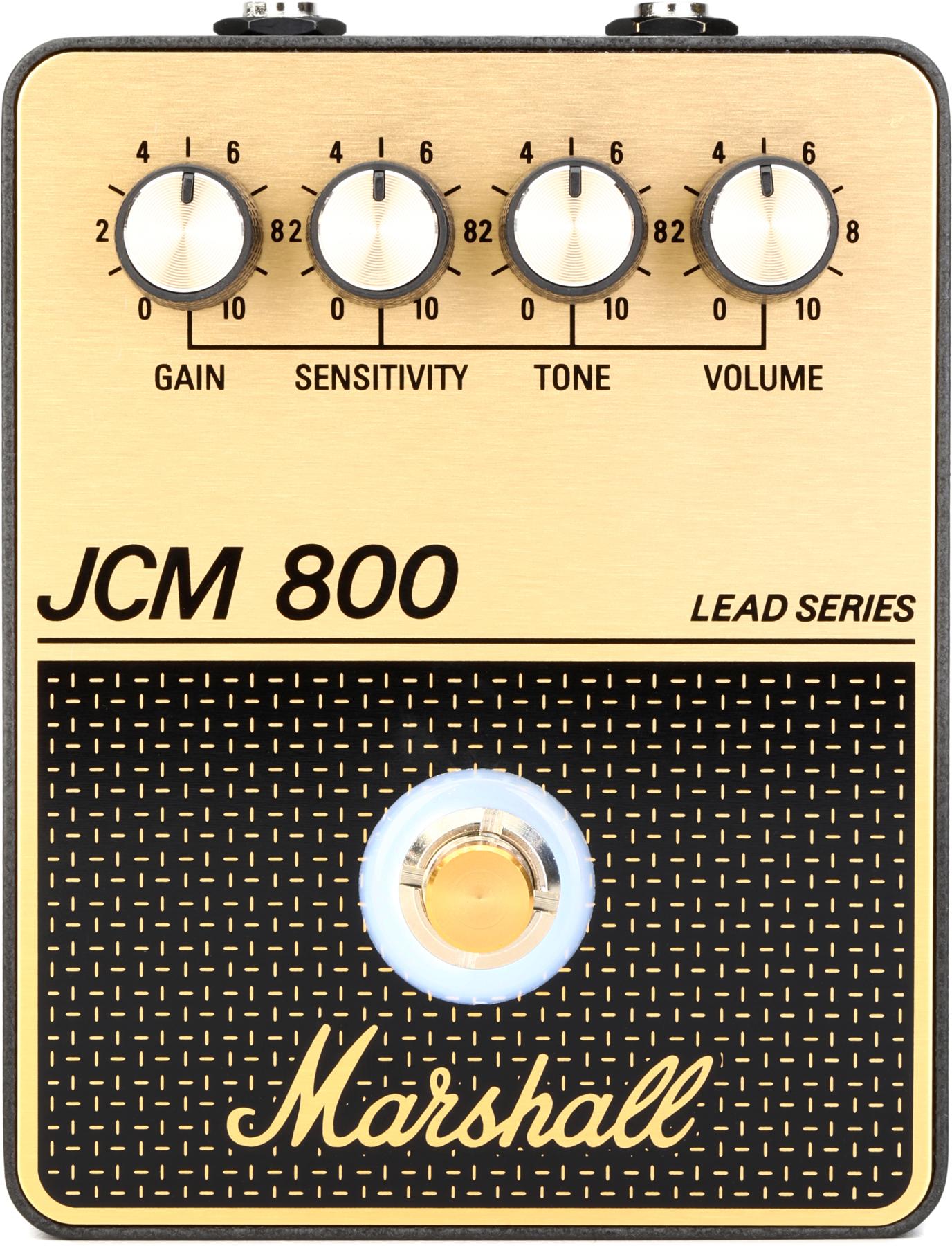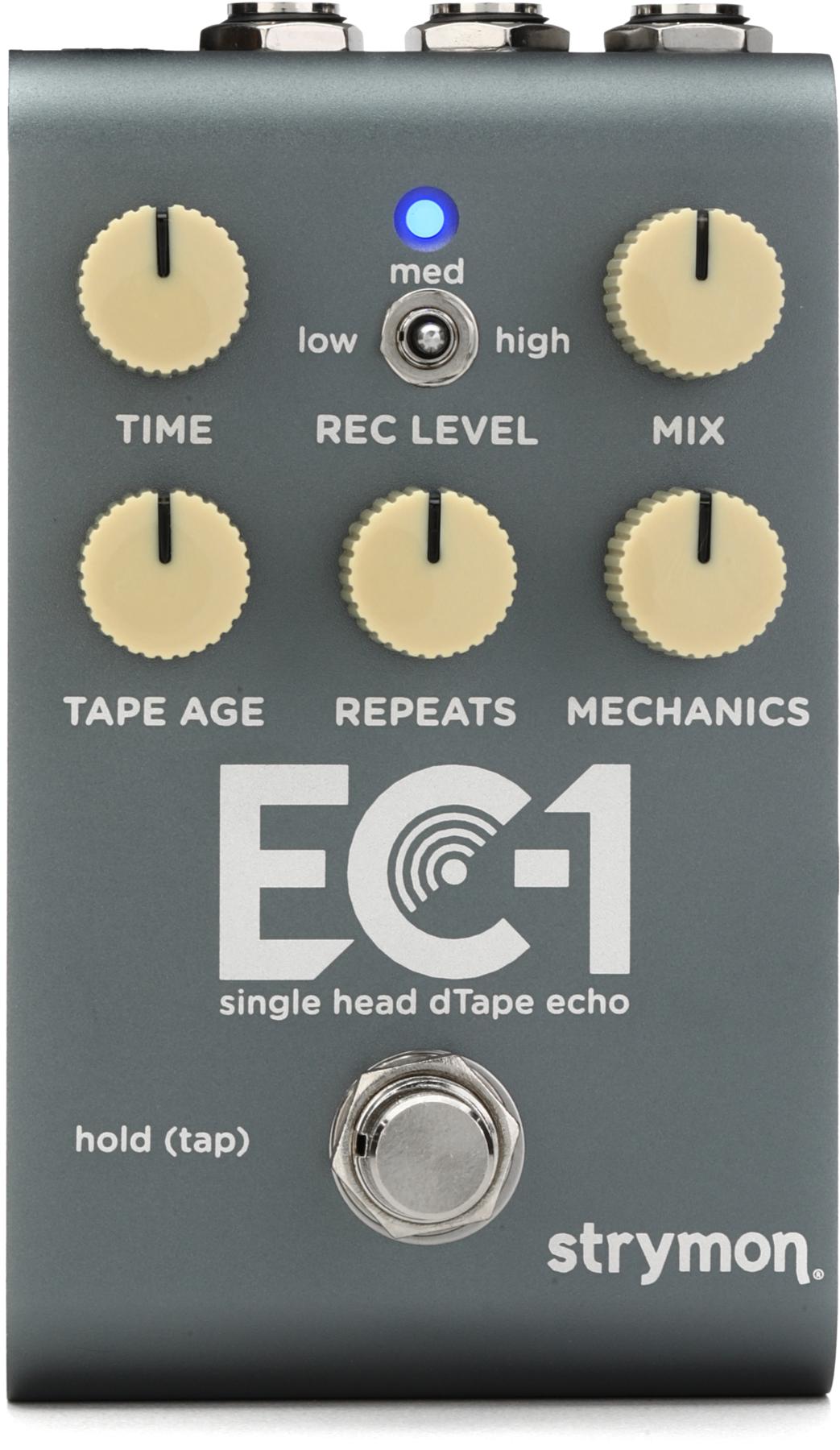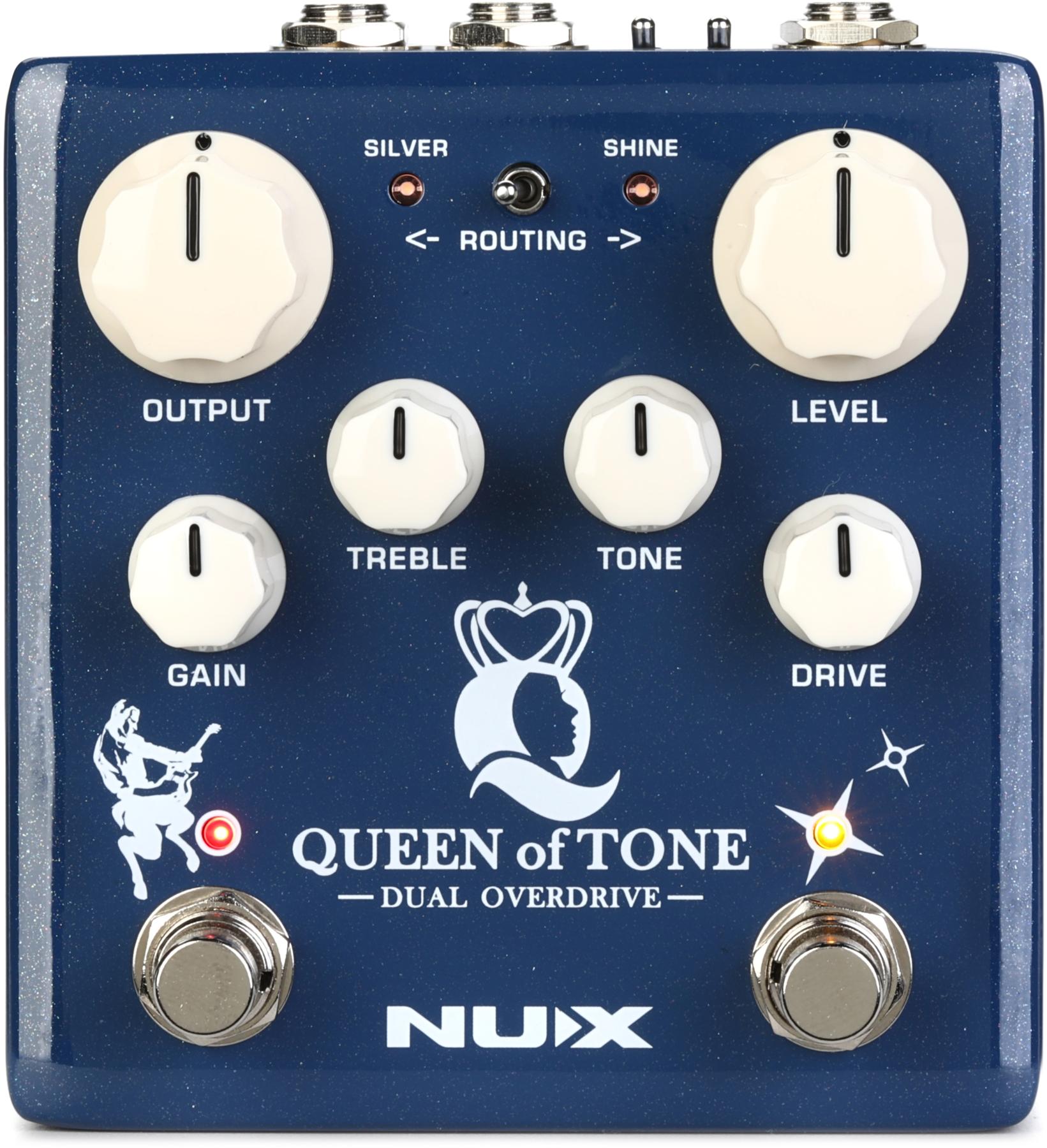Many of us have had a lot of time to contemplate what’s really important lately. Even if you’re working through lockdown, distancing, and the draining quest for toilet paper, you’ve probably also been searching for answers to life’s salient questions. You’ve certainly had the time to research whether your echo should come before or after the distortion pedal, or if the Floyd Rose sustains as much as a Tune-o-matic. I, however, have begun to question my entire worldview on the signal chain beginning with the instrument itself. Is the guitar even relevant any longer? Is the classic tube amplifier as anachronistic as the crank start on a horseless carriage?
Despite my formative years of ever-increasing stage volume, which culminated with the sheer power of two stacks at my fingers’ command, I have recently been drawn into the web of pedal-powered, low-decibel jamming pleasure. It was hard for me to understand the concept of the “always-on” effect until I downsized my daily routine rig and unearthed a few modern pedals that had found their way into my possession. Of course, I’ve had some wahs, fuzzes, and delays for decades, but riffing incessantly along with a digitally produced rhythm section changed my perception incrementally over time—until I almost couldn’t remember the feeling of the floor vibrating from a 100-watt amp any longer. It was then I realized I had created a scale model of the experience I used to enjoy.
Technology and time change everything, and it is now clear to me that the playing experience I had been accustomed to barely exists any longer. That raw power is absent but for a handful of the biggest tours. It’s almost as if the paradigm has been a reversal. Instead of musicians trying to make their recordings sound like a live performance, live shows now strive to sound like recordings. Even concerts (remember those?) utilize computerized sound systems that squeeze and limit the experience into something that approaches a living room stereo playback sound. It’s no wonder the tiny bandwidth of my bedroom rig sounds good to me in that context.
This revelation will come as no surprise to a lot of you. I’m the one behind the curve. So, in light of this, I started to wonder if the actual guitar made any difference sonically. If a plug-in could make a reasonable Strat-like object out of my Les Paul, or a jazz box out of my Tele, what did traditional guitar building really accomplish? In this universe, the instrument starts to resemble a game controller/fashion accessory. Pile that on top of the fact that anybody with a board and a butter knife can now fashion a 6-string in their family garage, and you start to see my dilemma. What does it mean to be a guitar builder today?
For quite some time, I’ve seen inklings of all this in the pickup market. Pickups that sound good straight into an amp may be a poor match for a guitarist’s buffet of stompboxes. I’ve sampled P-90s that don’t sound quite like the original, and “perfect” reproductions of the exalted PAF that don’t sound like any real PAF I ever played. Still, these pretenders to the clone thrones elicit raves from customers. I started to realize that what these pieces of gear did was to emulate the recorded sound that guitarists used as reference.
That’s not to say that these products are without merit. They certainly can sound wonderful. But buried beneath a wall of compression, echo, and boost, who knows how close they are to the real thing? More importantly, who cares? After all, much of the ’59 burst mythology was fueled by Eric Clapton’s ES-335 and Jimmy Page’s Telecaster. At least we know that Stevie Ray played a Strat. I think there’s a plug-in for that, too.
So here I am, contemplating what should drive guitar-building philosophy. Are we to be primarily fashion designers toying with the visual aspects of the guitar and leaving the sound to the aftermarket? Do the old rules go out the window because tone is now in the pedalboard? When the entire rhythm of society is thrown into upheaval, even the most bedrock of personal beliefs can come under scrutiny and we all have some soul-searching to do. I can’t speak for my colleagues, but I’ve decided to cling to my security blanket, which is building a great guitar and cranking that tube amp. Maybe I’ll add a touch of reverb, too.























